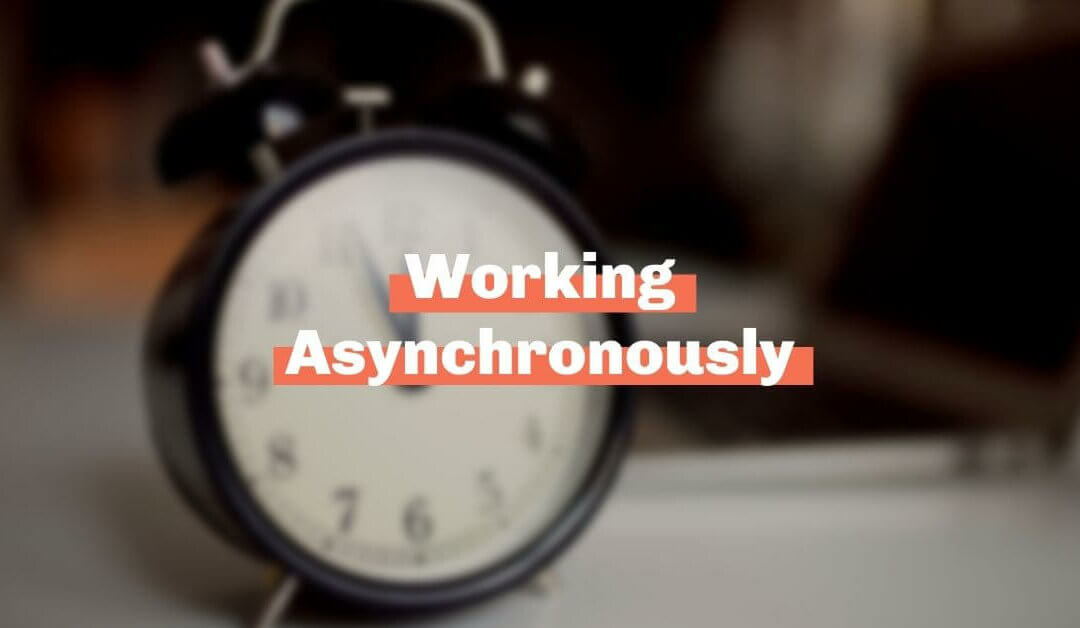Push Notifications
A few weeks ago, a client forwarded me a very cool newsletter from the Washington Post. It’s called “A Better Week”—a self-described “7-day email course that will help you conquer your calendar, get more done, and find time for the things you care about.”
I loved this series—for two reasons. Perhaps most obviously, I’m a sucker for anything time/life/work management related. I read productivity hacks—a lot. And I swear by the magic of a well-organized calendar. So the topic was right in my wheelhouse.
Second, it sparked so many thoughts about how to do newsletters creatively—differently—and provide true value to an audience. Over the course of seven days, I received daily emails about things like friendship and TV shows and even cleaning the house. They were short. They were valuable. And they ended on day seven.
Exactly what was promised. Exactly what I wanted.
If you’re in the newsletter game, I’d love to talk more about how you could replicate this strategy (For real, email me. Let’s chat.) And maybe I’ll make unusual newsletters the topic of a future +Good Intro. But that’s not why we’re here today.
We’re here today to talk about the first email I received from A Better Week. An email that rang so true that I immediately put it into practice.
We’re here to talk about push notifications.
In 2019, researchers from Asurion noted that Americans check their phones 96 times a day, on average. By 2022, that number had quadrupled to 352.
A huge culprit for why we continually pick up our phones (or click to different windows on our laptops, or bounce around apps incessantly) is because of the little alerts that call to us from the ether. Like Thomas Johnson, author of A Better Week, we have a serious distraction problem that is fueled by the popups that serve as our very own Pavlov’s bell. We’re salivating over the next email, Slack message, or Instagram story. We’re inviting interruption by allowing everything to be urgent.
Spoiler: when everything is urgent, nothing is.
This is true for things like social media and random apps, but it’s also true when it comes to work. The push notifications make everything seem immediate, when in reality, very little is.
It’s like this recent post from Adam Grant…
Our email inbox should be a repository that we get to when we get to. We should control our calendars (yay timeboxing!) and choose when we read chats and updates. We are marketers, not first responders, so emergency shouldn’t be in our vocabulary.
So, what do we do? How do we react to the tyranny of the urgent; the overwhelm of all the pings? We fight back. We decide that communication, done right, should be a pull, not a push.
And here are a few ways I’ve been experimenting with doing just that:
- Turn off social media notifications. While I love a good meme as much as anyone, I can happily scroll them at the end of the day instead of being interrupted.
- Turn off inbox notifications on my phone and computer. One of the best things I ever did early in my career was to turn off inbox notifications on my phone. My team always had my phone number, and I told them that if there was something I MUST look at immediately, please call me. Want to know how many phone calls I’ve received so far? One. In well over a decade.
On my computer, I treat my inbox like my physical mailbox—a receiver for materials that I get to when it’s convenient for me. I check it every day, but not much more than that. - Only tag the relevant parties. A couple of weeks ago, we ran into a big challenge here at S+G. Our Basecamp was out of control with notifications—so much so that we couldn’t get through them. The solution? Batching feedback, saving DMs for things that really deserve priority attention, and only tagging the people who need to be in the conversation. We all know the pain of a reply all that’s gone out of control…and your project management system is no different. Include the people who need to be included; save everyone else the notifications!
- Batch notifications. Set a time to check email. Carve out a 15-minute block to read through all of your pings. Decide to pull your notifications when you are ready for them instead of letting them push at you when they are ready. You are in the driver’s seat and you get to decide. (I literally have “check notifications” on my calendar and “read emails” on my to-do list.)
- Put your phone away. This morning, I was talking with Lindsey about this very topic and she mentioned that yesterday, as she was writing, she put her phone in the other room. She said her productivity skyrocketed. Simply having your phone nearby makes you want to reach for it (hello, dopamine hits!), so fight the temptation by putting it somewhere else! (I haven’t mastered this one yet, but it’s aspirational!)
What else would you add? How are you pushing against urgency culture? How are you fighting the push and choosing the pull? We’d love to learn from you, let us know in the comments!

